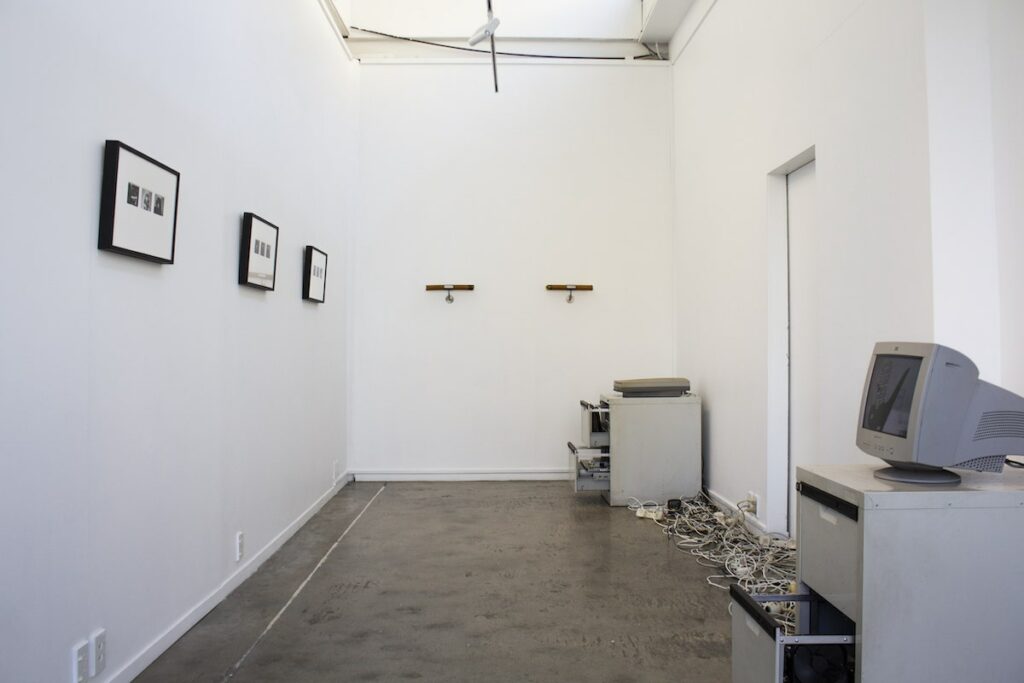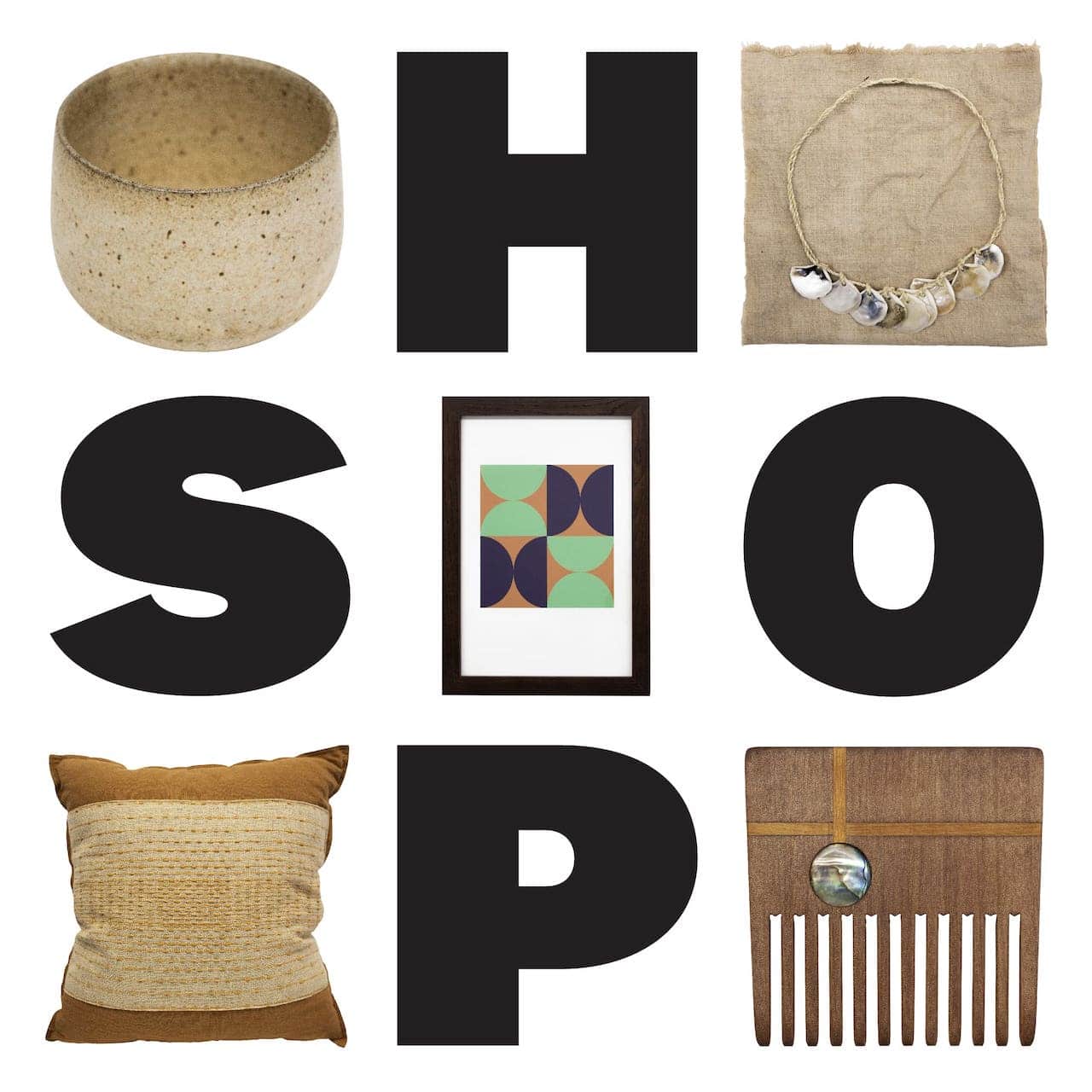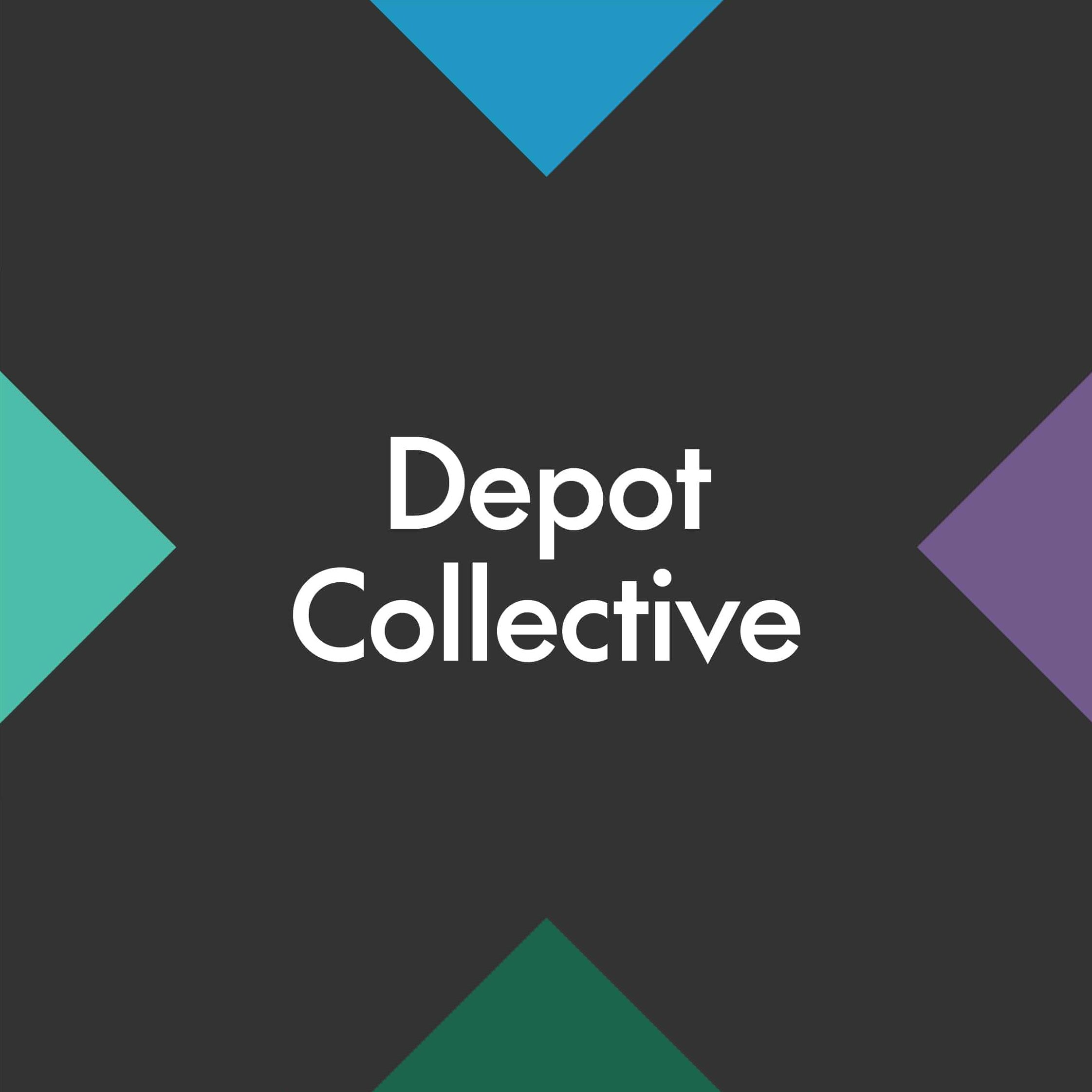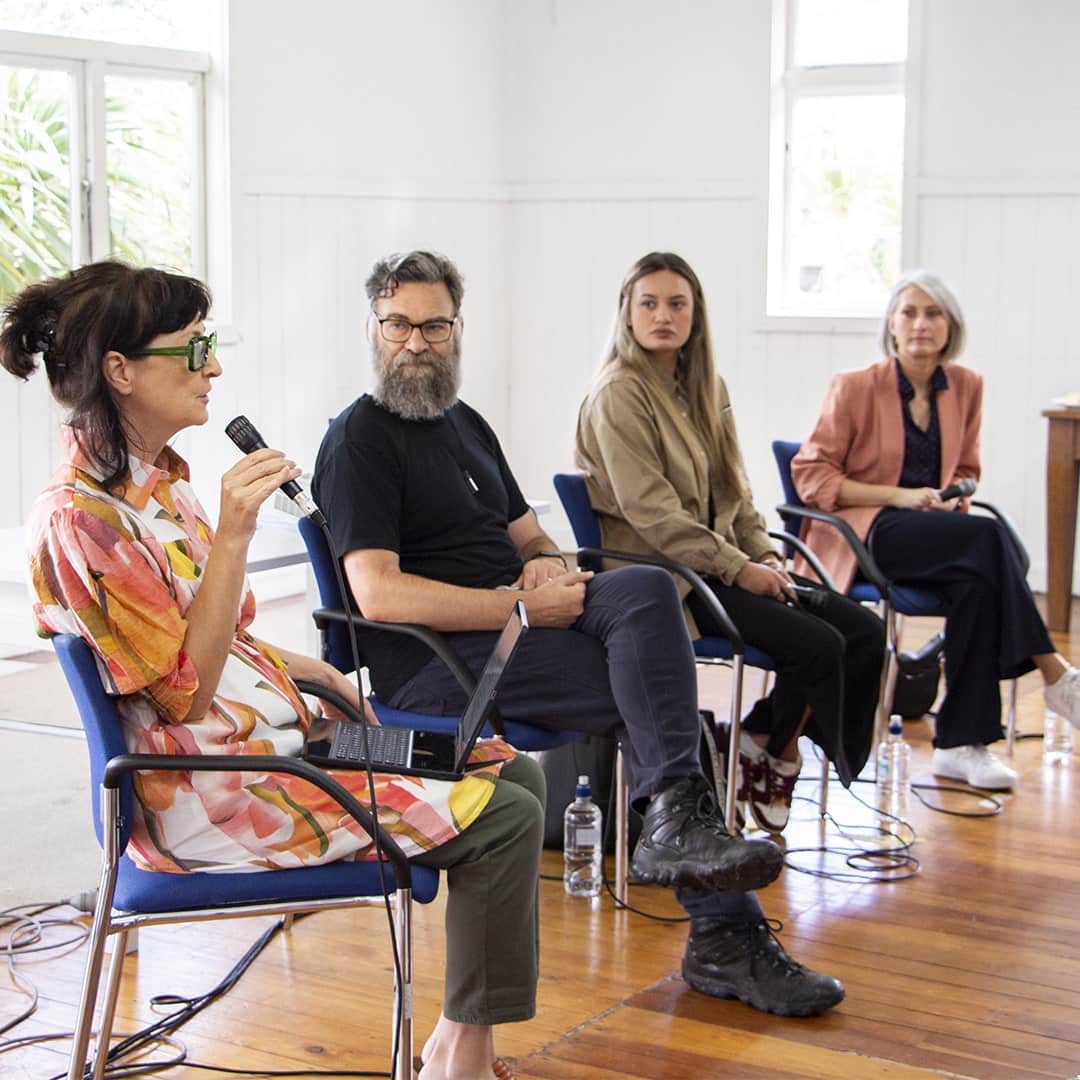The DEPOT Shop will support local artists and artists from across Aotearoa, selling handcrafted items, ceramics, cards, jewellery, prints, glassware, Toi Māori, homewares, art and art publications.
Q&A with ‘Mimicry’ Artists Dayle Palfreyman and Nicholas Males

Traversing cities, multidisciplinary artists Dayle Palfreyman (Te Whanganui-a-Tara/Wellington) and Nicholas Males (Tāmaki Makaurau/Auckland) speak with Depot Artspace’s Nina Dyer about the ideas, processes and learnings that inform their current exhibition in the Street Front gallery space, Mimicry.
Nina Dyer: Firstly, what does your art making process look like? Is there a life-cycle for the development of new works such as those in Mimicry?
Dayle Palfreyman: It always starts with a conversation, dream or previously explored idea that I wish to develop. I often envision the final object or installation that I then develop on. This vision is then explored in writing which solidifies the concept. The work for Mimicry was an interesting process for me. Although I was working with dead bees they had a very lively presence, same with the skull. They both left a very strong remnant of life and death which I found very confronting to work with at home by myself.
Nicholas Males: My works often develop from the things I’ve experienced past and present; these are generally second hand finds. I don’t mostly see a finalised work when I see an object, I will select things as I see a potential in them, such as do these convey a certain emotion or feeling? Could these be pairings with other objects that I already own or plan to own? My work for Mimicry was somewhat responsive to a recent new desk job in my life. I was interested in the tasks that are carried out in large corporations and what percentage of these are meaningless? I wanted to convey that feeling of carrying out that predetermined task in real time to the viewer.
ND: Are there any sympathetic themes in your respective practices that became apparent through the planning and realisation of this exhibition?
DP: Most of my themes are ongoing which allows me to explore quite broad and abstract concepts that I aim to keep focused. I found working with the body as a medium surfaced a few ethical questions that I needed to navigate around representation and preservation. Although my process can be quite be focused I find it very fluid which was highlighted to me through this exhibition.
NM: A tangible theme throughout my practice is association through objects, and how these mundane things become redefined or revitalized through art. Julie Becker often talked of a ‘coexistence between an inhabitant, space and object.’ This relationship is one I’m always considering in the development of new works.
ND: It seems as though materiality is an important factor in each work, what is it that drew you to the specific materials chosen for each installation, sculpture or photograph? What kind of role do these materials play in the reading of each work?
DP: I wanted to use photography to explore an elegy, seeing as a photograph represents conceptions of time. The idea for this series was imagined in a dream and concept I noted down a while ago, a constructed image made sense to represent an abstract and anthropomorphic idea through photography this time. There was a natural progression to end up working with bees when I had so often used beeswax as a theoretical framework. This was a chance for me to get closer to understanding the material.
NM: Materially is a huge aspect of my work, and is often why I pick things. The work for Mimicry, I wanted it to feel quite drab, so I decided quite early on to focus on the 90s/early 2000’s era of technology. There’s a certain robustness and matte feel to most of the faded off-whites of that era that really matched the feeling I wanted.
ND: When you think about how audiences will respond to each piece in a gallery context, what is your ideal scenario, or how do you imagine someone might respond to your work?
DP: I’m not going to lie, I want people’s skin to crawl when seeing my work, but I also want them to feel okay about it happening. I think abject is a strong emotional reaction that deserves reflection and interrogation. I also think when something abject is placed into a context of something desirable something strange happens. Things get a bit psychoanalytical when I work with beeswax.
NM: I want them to interact with the scanner, scan the documents, add to the works on the screen. I like the idea that there’s this constant predetermined task being run that users can interact with. I think it’s an interesting comment to be made that these tasks are perceived differently in a gallery. How the weight of an environment’s perception has on us as individuals.
ND: What would you say to somebody who is skeptical of contemporary art installations, who might criticize its minimalism in relation to, say, a representational painting or sculpture of a recognisable landform?
DP: I think it’s quite scary for many reasons. Traditional painting and sculpture has an established power and status therefore its purpose is more likely to be respected, take the Duomo in Milano for example. The element of recognition is obviously very accessible but I’d like to acknowledge the role of the commercialisation of art in this process. The thing is I’m also skeptical of contemporary art installations and I think a lot of contemporary art actually prompts this kind of skepticism on purpose. Mine definitely does. Minimalism can be intimidating because it leaves so many unanswered questions and a lot of space for your own psyche to take over, which definitely can be scary, which is where I think discourse plays an important role in minimalist art work.
NM: I will say installations are meant to be experienced and spent time with, but sometimes they can definitely be intimidating. I would encourage new viewers to not read any texts and to experience the work as it stands. I often find this can be quite an interesting way to view new works, these initial thoughts I find are the most interesting ones. However each person will read a work differently, that’s both the hardest and I think the best part of being a contemporary artist.
ND: Let’s talk about inspiration. Are there any artists or references that played an important role in the process of creation?
DP: So many artists! Johnny Greenwood, Revital Cohen and Tuur Van Balen, Louise Bourgeois, Doris Salcedo, John Akomfrah and theorist Paul B. Preciado. Two exhibitions that were a part of ‘Useless bodies’ on show last year at Fondazione Prada really made an impression on me, so I cant deny their influence. Robert Grober had a counterpart exhibition with Louise Bourgeois’ work. The dismembered wax works representing childhood forms I found myself very viscerally responsive. Grober’s use of real human hair in wax really stood out to me. Another exhibition there by collaborative artists Elmgreen and Dragset, showed a quasi-dystopian domestic environment. There was a chrome handrail with veins that I found humorous, and the mortuary cabinets with a dead body cast in wax I think…at the end it made me shiver, then laugh, as though they really got me.
NM: To name a few artists: Mark Schroder, Julie Becker, Nicolas Lamas, Fiona Connor, Mike Kelley, Robert Smithson both Smithson’s art and excellent writing. To name some books and other references, Graeber’s book ‘Bullshit Jobs,’ Orwell’s ‘1984,’ Baudrillard’s ‘System of Objects’ and the set design on Terry Gilliam’s 1985 movie ‘Brazil.’
ND: Is there anything you have learned or would like to develop in future works as a result of this exhibition?
DP: I’ve only just started to introduce a figurative element into my work. There is a lot more work to be done around ethics, representation and body politics when it comes to figurative work. I think I’m ready to talk about this in my work. There are so many different avenues I could take both of these works and I will absolutely be developing them. I’m not sure I get a choice in what direction it will go, it just happens.
NM: I really enjoyed working with technology, and more specifically this era of technology on this and making this into a more interactive piece. The interactive element being a first for me, something I really would like to implement into future works.



